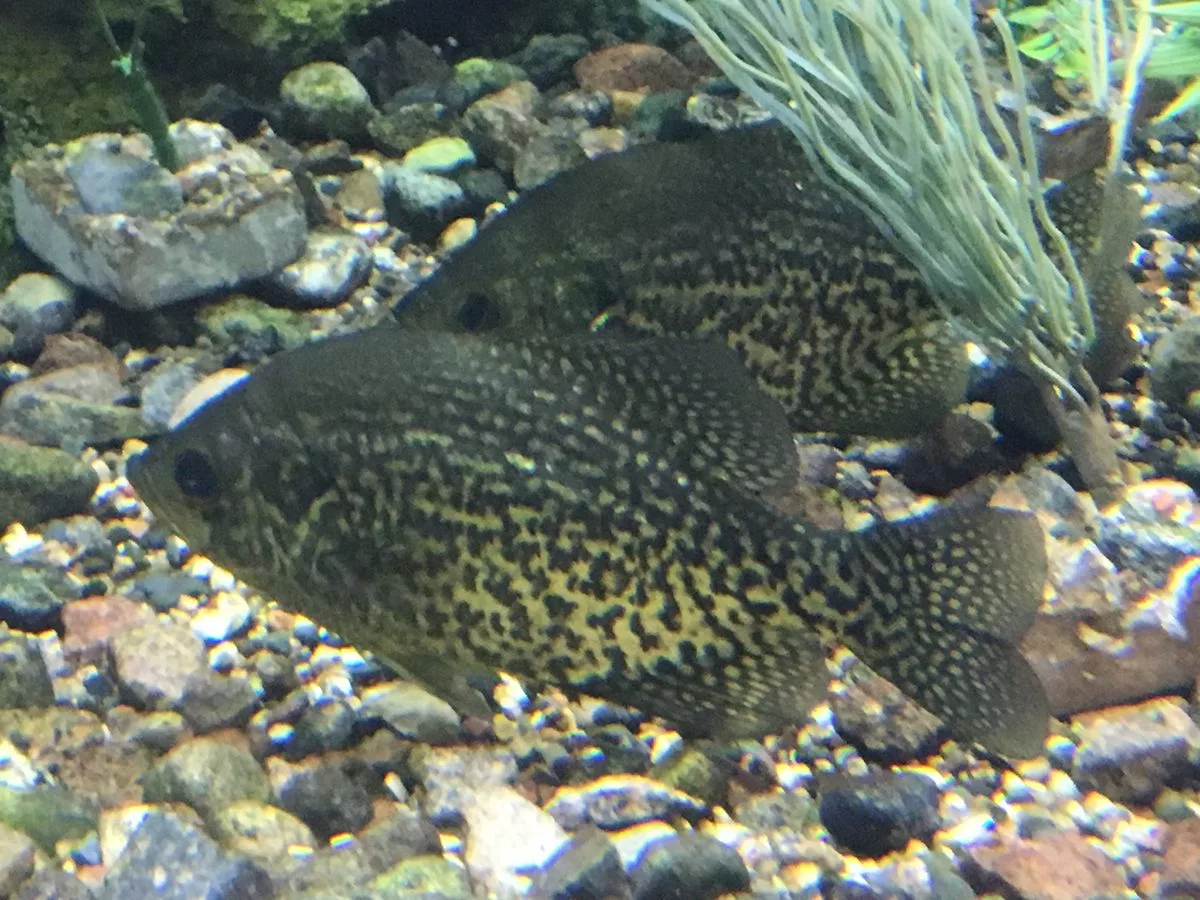
Midwinter requires many adjustments to find fish and convert them. From panfish like crappies on up to predators like pike, having a grid of holes to work in a likely spot and a variety of offerings helps keep options open for success. Simonson Photo.
By Nick Simonson
During a recent trip to a favorite slump-buster of a panfish lake, I was reminded that sometimes a few extra moments pay off with bites from fish and sometimes schools of them that settle in once the din of drilling holes over a chosen area dies off. It’s that never-give-up attitude that can salvage a trip at mid-winter, and provide a welcome reinforcement of previous tactics that have paid off when times get tough on the ice.
Swiss Cheese It
Mid-ice means more holes are required for locating fish, and this can mean punching until the battery on an electric auger (and even a backup battery, if you have one) or the gas tank in a traditional model is almost drained by the thickening ice and the number of openings required for a midwinter search pattern. But punching holes to find that spot-on-a-spot and provide a grid of openings to explore helps cover more areas where fish might be lurking, and ups the odds of success during the more difficult stretch of the angling calendar. As I awaited the first few flickers of fish moving into the sunken timber below, I hopped from hole to hole around the flooded cottonwood stands at the point where the creek channel met the main lake.
In a Flash
Any sonar on the ice is good sonar, whether it’s an old FL-8 or the latest Livescan technology. Putting it to good use, and making sure it’s charged for the day to help you find fish and see how they react is the second crucial element in succeeding at mid ice, be it for panfish like crappies and bluegills, or predators like walleyes and pike. Give each hole ample time, and watch for movement of neutral fish on the bottom to signal any amount of activity in all levels of the water column. Work offerings above anything that might look fishy to catch their attention, be it just a flicker of green suspended on the round readout of a Vexilar, or the slink of a sneaky walleye on the live readout of a more advanced sonar option.
Options Open
Finally, have a variety of options ready to go at mid-ice for finicky fish. This is nature’s lean time, with less prey present in any given water, and certainly lower oxygen levels and continuously cold water making fish a bit more lethargic. With the oscillating shifts we’ve seen in winter’s weather this season, fish have been somewhat funky, and giving them something small along with those attractor lures like spoons and jigging Raps, is key in converting those lookers that come wandering in below. Having live bait options beneath a float or on a deadstick also provides an easy-looking meal if a predator rolls in, but is turned off by the jumping and jiving those more active lures might present. From a big meal to a tiny morsel, keeping a spectrum of lures, baits and presentations open will help you catch more fish at mid-ice.
While jumping around the holes circling a sunken tree, I began to grow discouraged that nothing was coming in to take a look at the small spoon I was offering. Just before I was ready to move on to the next spot, however, the first flash showed up and suddenly a swarm of green-and-red lines materialized behind it. With crappies up top, and bluegills below, the bite was on for the balance of the afternoon and I was glad to have my grid of holes, a rod rigged with a big option and one with a little option, and the ability to convert some fish that were aggressive, and others that needed a little coaxing. Remembering those lessons from past seasons, and employing a bit of perseverance, I made the most of an open day…in our outdoors.
Simonson is the lead writer and editor of Dakota Edge Outdoors.
